Nix That Click: Six Scareware Scams To Watch Out For
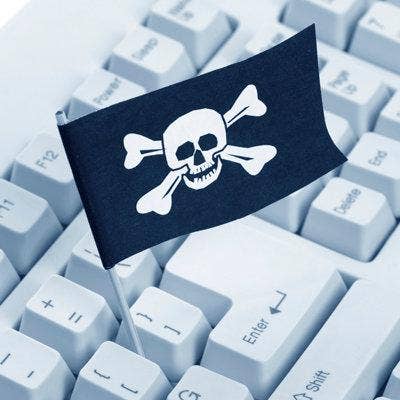
Scareware Threats To Avoid
One of the most cunning ploys to get people to download malware is rogue antispyware. Also known as scareware, the applications are installed through poisoned links embedded in search results. The malicious activity spikes during major holidays and events, such as the night of the Academy Awards, when the number of people searching for information jumps. The fake antispyware is designed to trick people into believing that their computers are infected and they need to pay to have the infection removed. The blackmail doesn't end there -- it continues every few weeks as criminals demand more money to remove malware. Here is some of the top scareware on the Web today, according to SpywareRemove.com.
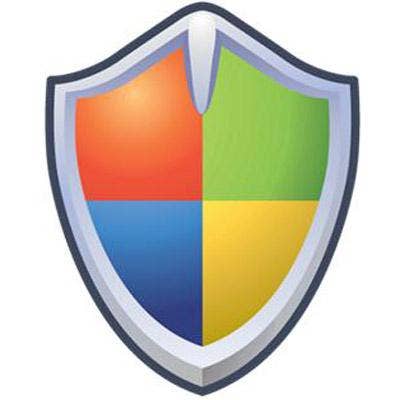
Security Shield
Creators of Security Shield are particularly sly because they post bogus reviews on Facebook and Twitter praising the application. Not only doesn't the software work as advertised, it claims to find more viruses each time after a person pays to have malware removed.
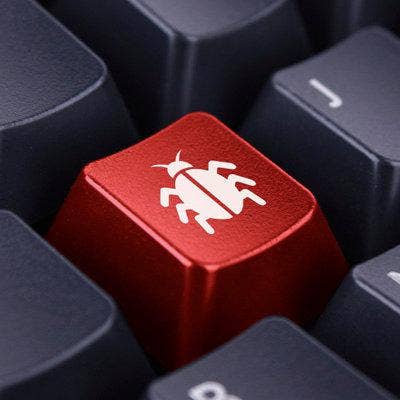
System Check
System Check claims to be a disk defragmenter that cleans up a computer to improve overall performance. Instead, the software regularly posts fake alerts and errors to get the recipient to continuously pay to have the problems fixed.
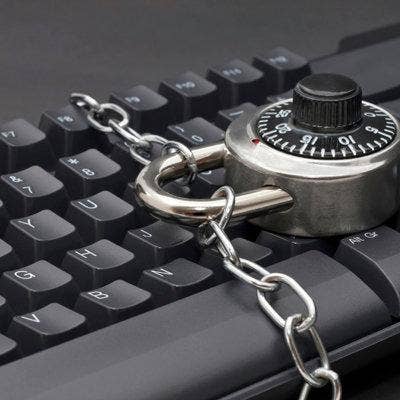
Smart Protection 2012
Smart Protection 2012 is nasty as well because it blocks PCs from installing legitimate malware removal programs. The software also hijacks browsers and points them to pornographic Web sites as a way to get people to pay to have the application removed.

PC Clean Pro
PC Clean Pro is a fake file-cleaning utility that pretends to scan a computer for unneeded files, such as Web browser history, and then sells the pro version to remove them. The software claims to find files that threaten privacy. While PC Clean Pro alerts are annoying enough, researchers have found that the software is accompanied by separate malware, such as Trojans.
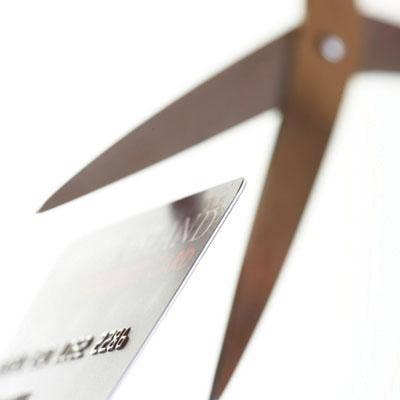
Internet Security
Internet Security pretends to protect against spyware and other PC threats while having no ability to remove malware. Instead, the software launches itself and may do so repeatedly whenever a person tries to open an executable file. The purpose is to prevent the application from being removed with antimalware software. The top priority of Internet Security's creators is to get people to use their credit cards to either purchase the software or to pay to have it removed.

Smart Fortress
Smart Fortress 2012 is a clone of System Tool and stands out because of its pink-hued interface. Like the original, Smart Fortress simulates scans and creates fake warning messages to make people believe their PCs are severely infected by multiple types of malware. Smart Fortress offers to remove the infection for a price, but the money is better spent to buy real antimalware to delete the application. SpywareRemove.com warns against trying to remove Smart Fortress manually, which can damage the computer.

More Security Coverage From CRN
Cybercrime News
Six Ways Cybercriminals Beat Security
McAfee Releases Security Option For VMware
Apple Patches Malware-Targeted Java Bug